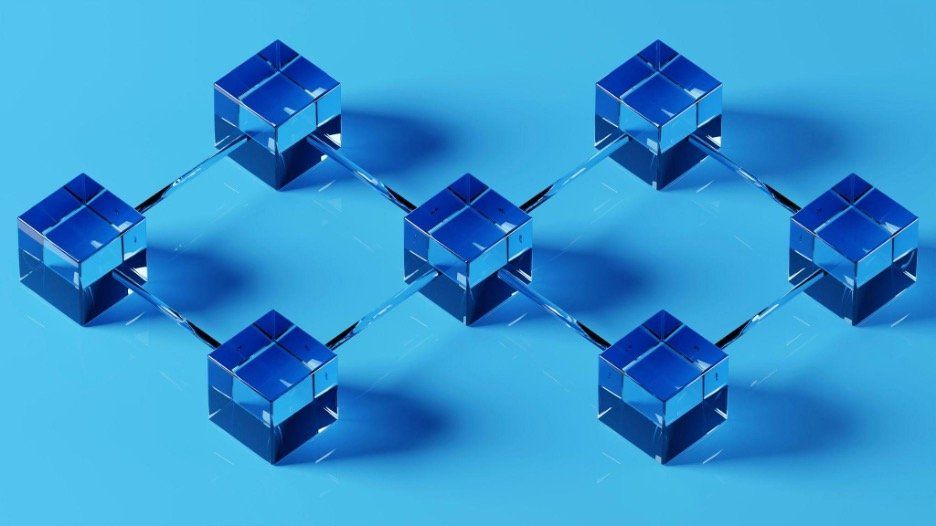Own the Address, Rule the Space: Custom TLDs in the Web3 Era
Only big businesses, governments, or domain registries could hope to hold a top-level domain in the early days of the internet. For the typical user, the concept of managing your own ".com" or ".org" equivalent was just unattainable. However, that story is evolving in the Web3 era. It is now feasible to design a full namespace on the internet in accordance with your idea and build a custom TLD (you can own a top level domain in the web3 ecosystem) thanks to blockchain technology and decentralized domain systems. owning digital sovereignty over your brand, community, and even cash streams is more important than simply owning a personal website.
Imagine being the registry for hundreds or thousands of domains, rather than just owning one. You can own a top-level domain in the Web3 ecosystem, which is the power of a custom TLD. You are now in charge of issuing domain names under your own extension rather than renting your internet presence from conventional registrars and paying annual fees. You can sell or assign addresses like "business.future," "art.future," or "crypto.future" to other people if you possess ".future," for instance. You now have complete authority over price, access, and usage guidelines.
Why Custom TLDs Matter in Web3
The transition to decentralized top-level domains is a cultural and economic change in addition to a technical one. The Web2 paradigm places authority in centralized organizations that choose which names are available, determine renewal costs, and have the authority to cancel domains under specific circumstances. Blockchain technology in Web3 makes sure that once you own your own TLD, it stays on the decentralized ledger and is not subject to censorship or unilateral seizure.
Getting Rid of Centralized Authority
A blockchain-based TLD's independence from conventional gatekeepers is one of its main advantages. There is no central registrar enforcing terms while using a custom TLD in Web3. Rather, ownership is documented on a public blockchain, providing you with visible and verifiable control.
A Novel Approach to Revenue
Not only can owning a TLD increase your reputation, but it also creates new revenue streams. Subdomains can be offered as part of community membership benefits, sold, or rented out. Every transaction can be automated with smart contracts and is verifiable.
The Technology Underpinning Personalized TLDs
Web3 TLDs are powered by blockchain name systems, including Handshake (HNS), Ethereum Name Service (ENS), or other decentralized naming protocols. These solutions guarantee that domain records are kept on-chain, which makes them transferable and impenetrable.
The distributed ledger contains the registration information for a custom TLD that you own on a blockchain. This ensures long-term stability and trust by making it nearly impossible for anyone to change ownership records without your cryptographic key.
Without an intermediary, you can automate domain sales, renewals, and transfers with smart contracts. In addition to saving money, this also makes it easier to onboard new users to your namespace.
How to Create a Custom TLD of Your Own
Purchasing a standard Web2 domain is not the same as acquiring a blockchain-based TLD. Usually, you can mint it through a decentralized domain service, buy it directly from an existing owner, or take part in a blockchain auction.
Step-by-Step Process
- Research the Naming Protocol – Decide whether to go with ENS, Handshake, or another system.
- Check Availability – See if your desired TLD is free or already owned.
- Secure It On-Chain – Use a blockchain wallet to complete the transaction.
- Set Up Your Registry Rules – Decide pricing, access policies, and technical integrations.
Selecting the Appropriate TLD Name
In essence, your TLD is your brand. Make sure it's simple to remember, pertinent, and future-proof, regardless of whether you want it for company, community, or personal identity.
The Custom TLD's Business Potential
In Web3, the economics of TLD ownership are strong. By issuing subdomains and incorporating them into your ecosystem, you, as the owner, can establish your own mini-economy.
You can establish yourself as an authority in your field with a unique TLD. For instance, a gaming corporation may use ".play" for its gamers, while a musician may own ".beats" and establish a network of artist websites.
Additionally, TLD ownership provides a fresh approach to community engagement. Giving members subdomains under your TLD helps to fortify the group's feeling of identification and belonging.
The Prospects for Web3 TLDs
We may anticipate that custom TLDs will become more important in online identification as blockchain-based naming becomes more widely used. In many situations, these TLDs could take the role of regular domains because to their incorporation into browsers, wallets, and decentralized applications.
Public awareness and inadequate browser compatibility are now impeding wider use. These obstacles will lessen, though, as blockchain groups and significant tech companies work to integrate.
A Long-Term Digital Asset
High-quality custom TLDs will probably increase in value over time, much as premium Web2 domains. Possessing one could be a long-term investment as well as a calculated economic decision.
In the Web3 age, owning a custom TLD is about more than just having a distinctive IP address; it's also about control, monetization, and digital sovereignty. Those that obtain their own TLDs early will have the opportunity to influence the future of the internet rather than merely renting space on it, as more and more aspects of our lives and enterprises shift to decentralized areas.
